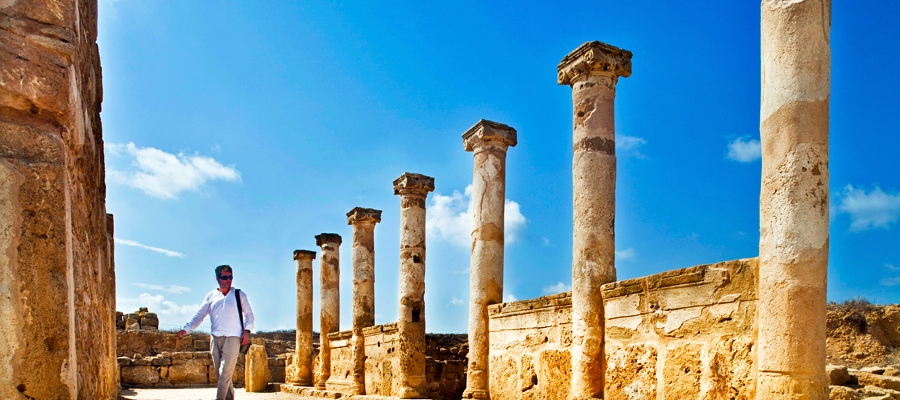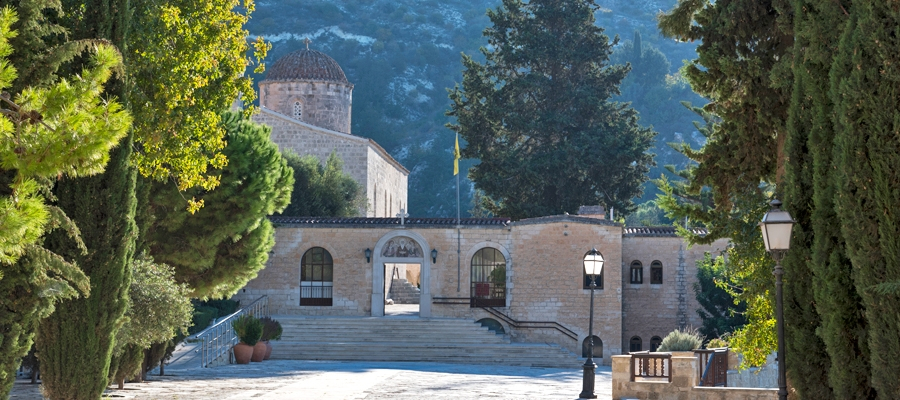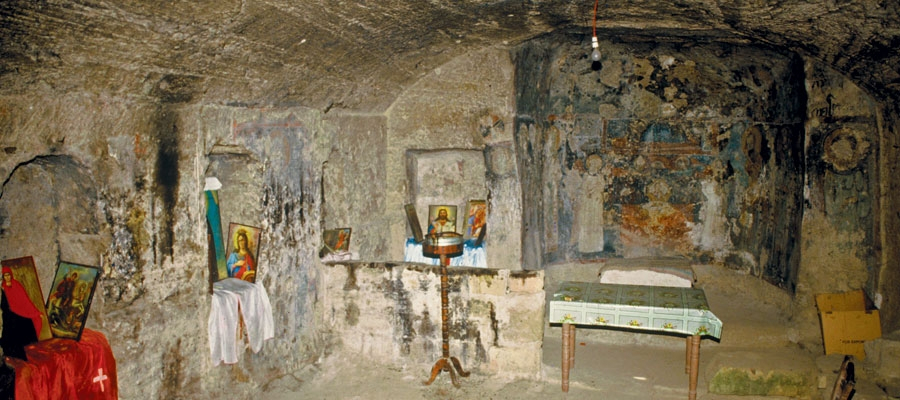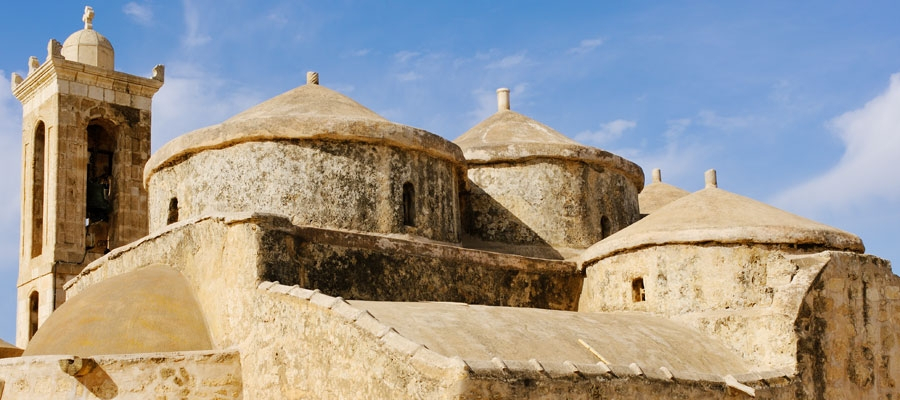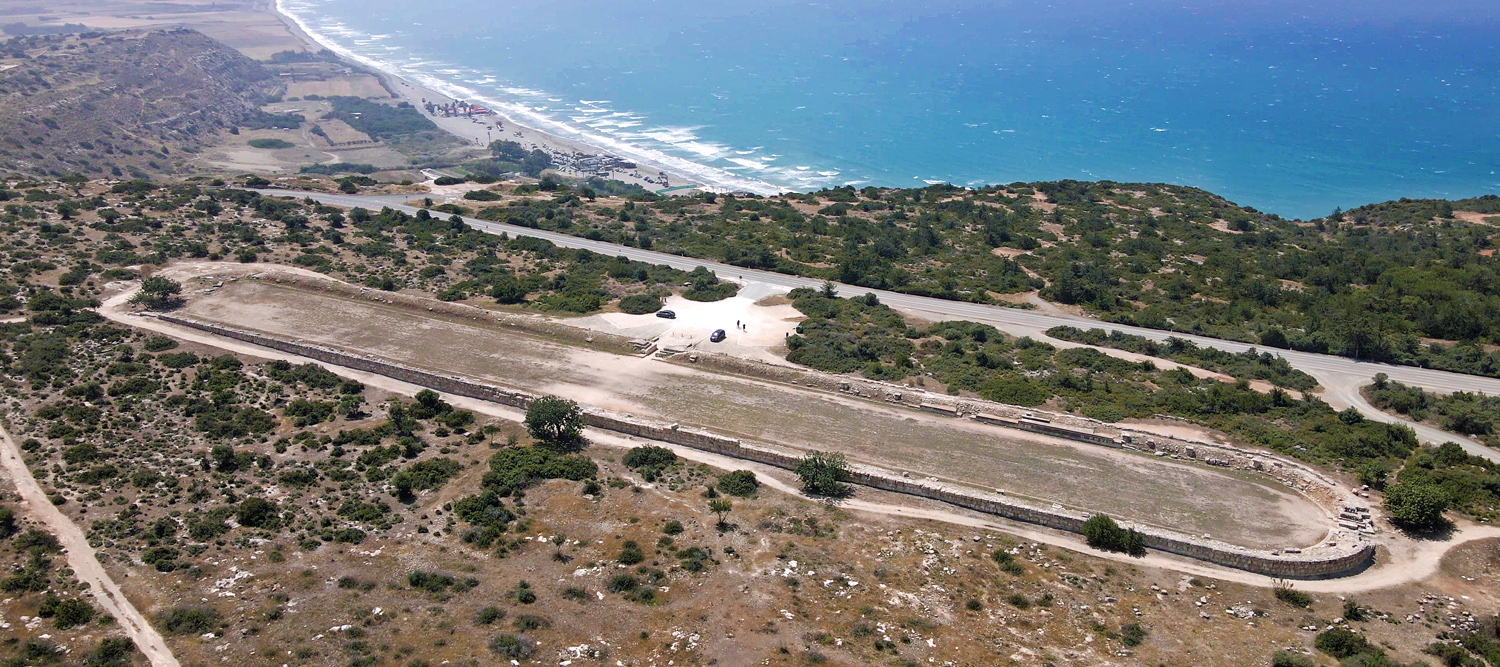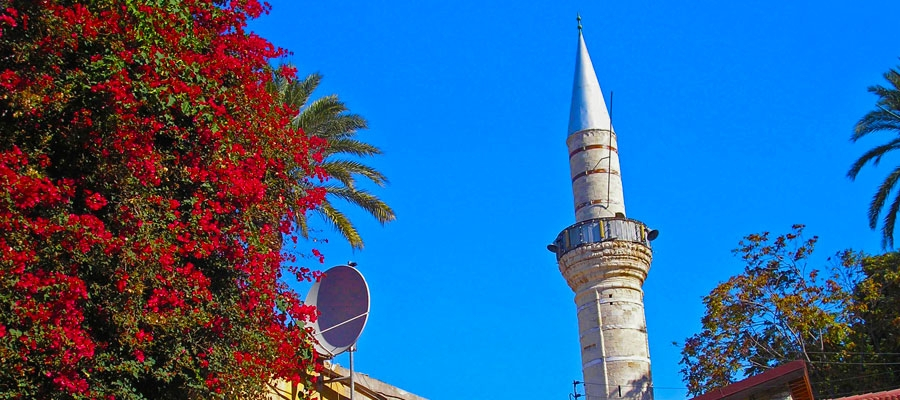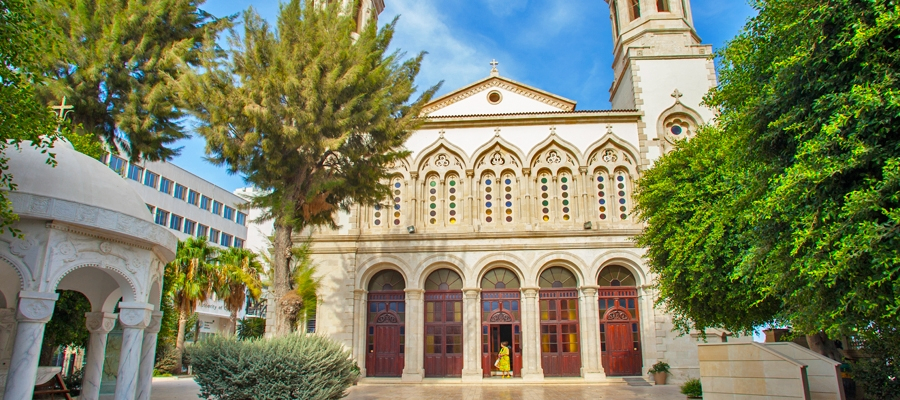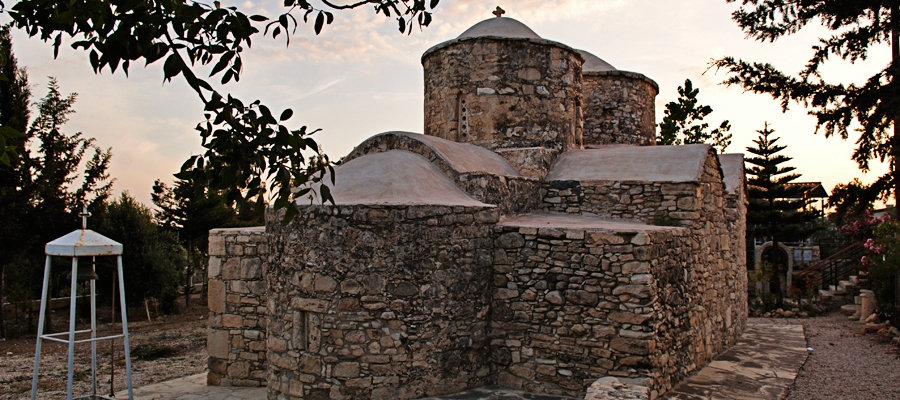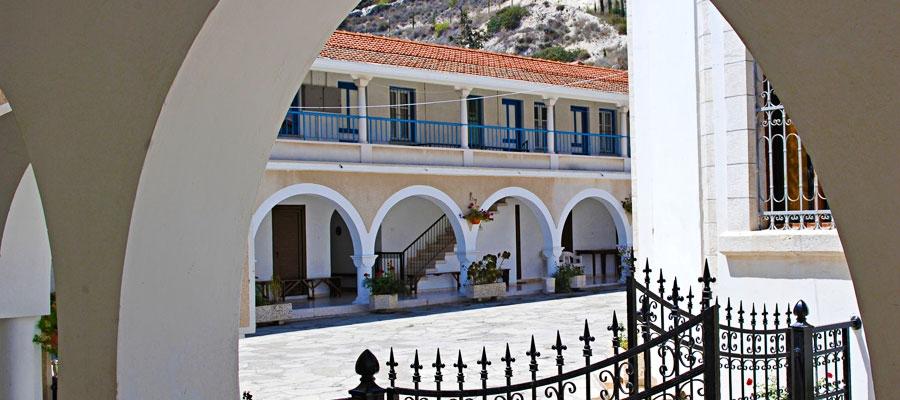The Archaeological Park of Kato Pafos (Paphos) is one of the most important archaeological sites of Cyprus and has been included in the UNESCO World Heritage Sites list since 1980.
Nicocles, the last King of Palaipafos moved the city from the previous location to its present location near the harbour at the end of the 4th century BC. Between the 2nd century BC and 4th century AD, Pafos was the capital city of Cyprus.
The Park includes sites and monuments from the 4th century BC to the Middle Ages, while most remains date to the Roman period. The intricate mosaic floors of four Roman villas (the houses of Dionysos, Theseus, Aion and Orpheus) form the impressive epicentre of the finds, and depict various scenes from Greek Mythology. The complex also includes other important monuments, such as the Asklepieion, the Odeon, the Agora, the Saranta Kolones (Forty Columns) Castle, the Limeniotissa ruins of an Early Christian Basilica, and the Tombs of the Kings.
Archaeological Park of Paphos – Audio Guide
| Region: | Pafos |
| Address: | Kato Pafos |
| Contact No: | Tel: +357 26 306 217 |
| Operating Hours: |
April 16 – September 15, daily: 08:30 – 19:30 September 16 – April 15, daily: 08:30 – 17:00 |
| Operating Period: |
All year round. Closed on Christmas Day, New Year’s Day and Easter Sunday (Greek Orthodox). |
| Entrance Fee: |
€4,50 / Tombs of the Kings additional €2,50 For organised groups consisting of more than 10 persons there is a 20% reduction on the entry fees. The Department of Antiquities can issue special entry cards for all its museums and ancient monuments: One (1) day entry cards – €8,50, three (3) day entry cards – €17,00, seven (7) day entry cards – €25,00. |
| Disabled Access: | Partially accessible to wheelchairs. |
| Website: | www.mcw.gov.cy/da |
| Opening and closing times as well as entrance fees, are subject to alterations without notice. Visitors are advised to check before visiting. |

